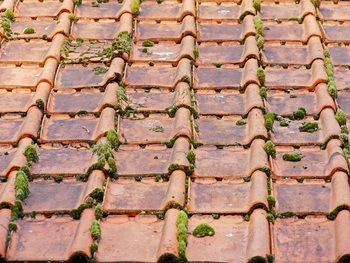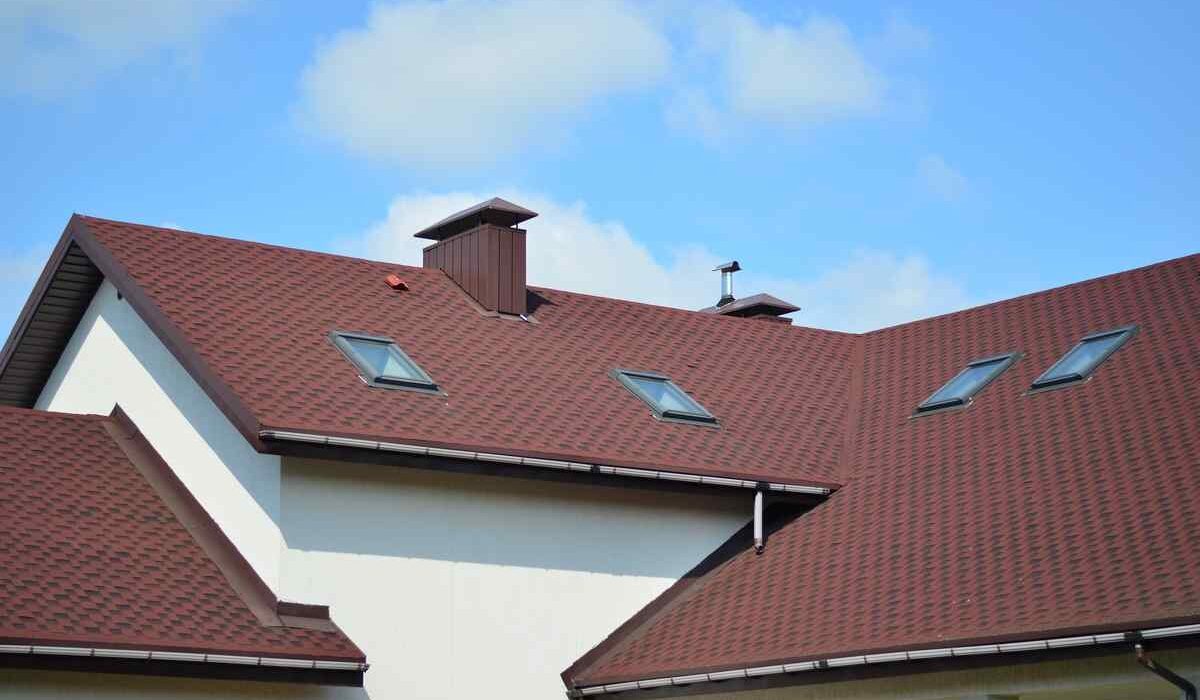Moss may look charming in a forest or on old stone walls, but when it starts growing on your roof, it’s a different story. Left unchecked, moss can trap moisture, damage shingles, and shorten the life of your roof. Knowing the right time of year to tackle moss removal can make the job easier, safer, and far more effective.
So, when is the best time of year to remove moss from your roof? The short answer: late spring or early fall. But let’s break down why these seasons work best, how different removal methods benefit from different conditions, and what to avoid if you want lasting results.
Why Timing Matters for Moss Removal
Removing moss isn’t just about grabbing a brush and getting to work. Weather and moss growth cycles both play a big role in how effective your efforts will be. Choose the wrong time, and you might end up wasting energy or applying treatments that don’t stick.
Moss thrives in damp, shaded environments and can be stubborn once established. By understanding when it’s most active—or when it’s weakest—you can choose the perfect moment to strike.
The Best Time: Late Spring or Early Fall
According to roofing experts, the sweet spot for moss removal is late spring or early fall. Here’s why these seasons are ideal:
1. Optimal Weather
Mild temperatures in spring and fall make it safer and more comfortable to work on the roof. You’re not battling summer heat or winter chill.
2. Drier Conditions
A dry, cloudy day is best for applying moss treatments. The chemicals have time to soak in without evaporating too quickly.
3. Moss Activity
Moss is actively growing during these seasons. Treatments are more effective when moss is “alive,” as the product can penetrate the plant. In short, late spring and early fall strike the right balance: the moss is active, the weather is mild, and the conditions allow treatments to do their job properly.
Manual Removal vs. Chemical Treatment
The timing can shift slightly depending on how you plan to remove moss.
1. Chemical Treatments
- Best Time: Late spring or early fall
- Why: The moss is actively growing, so treatments can penetrate better. You’ll also have mild weather that prevents the product from evaporating too fast.
- Tip: Make sure you have several days of dry weather ahead so the treatment can work without being washed away by rain.
2. Manual Removal (Brushing or Rinsing)
- Best Time: Summer
- Why: During hot, dry summer months, moss goes dormant and becomes brittle. This makes it easier to brush or rinse away.
- Tip: Be gentle when brushing so you don’t damage shingles. Always work from the top down to avoid lifting edges.
By combining both methods—manual removal in summer and chemical treatment in spring or fall—you can achieve a thorough, long-lasting clean.
Times to Avoid Moss Removal
Not every season is roof-friendly. Here’s when you should hold off:
- Extreme Heat in Summer: Chemicals may evaporate before they have time to work, and the roof surface can be dangerously hot.
- Cold Winter Months: Wet, icy conditions make the roof slippery and unsafe, while moss is less responsive to treatments.
- Very Wet Weather: Moss is harder to remove when it’s saturated, and treatments can be diluted or washed away.
Extra Tips for Effective Moss Removal
- Safety First: Always use a sturdy ladder and consider a safety harness when working on the roof. If the job feels too risky, hire a professional.
- Protect Your Roof: Avoid pressure washing, as it can strip away granules from shingles. Gentle brushing and proper moss treatments are safer.
- Prevent Regrowth: Trim back overhanging trees to reduce shade and improve airflow. Clean gutters regularly to minimize dampness.
- Stay Consistent: Even after removing moss, check your roof yearly. Early signs of regrowth are easier to handle than a full infestation.

FAQs About Moss Removal
1. Can I remove moss in the winter?
It’s not recommended. Winter conditions are slippery and dangerous, and moss treatments are less effective in cold, wet weather.
2. Is summer a good time for moss removal?
Yes, but mainly for manual removal. Moss is brittle when dormant in hot, dry weather, so it’s easier to sweep or rinse off. For chemical treatments, stick to spring or fall.
3. Why is late spring or early fall the best time?
Because these seasons have mild weather, drier conditions, and active moss growth, making treatments more effective and roof work safer.
4. Do I need to use chemicals, or can I just scrub it off?
You can scrub moss off manually, but without treatments, it may grow back quickly. A combination of manual removal and treatment works best.
5. How can I prevent moss from growing back?
Improve roof ventilation, keep gutters clean, and trim back trees that create shade. Some homeowners also install zinc or copper strips near the roof ridge to discourage moss.
Conclusion
If moss is taking over your roof, don’t wait until it causes serious damage. The best time to remove moss is late spring or early fall, when conditions make treatments effective and work safer. Manual removal can also be done in summer when moss is brittle. Avoid the extremes of winter and summer heat, and always keep safety at the top of your list.
By choosing the right season and following a consistent maintenance routine, you can keep your roof moss-free and extend its lifespan—without unnecessary stress or risk. Call JDM Roofing now on (613) 882-7663.

